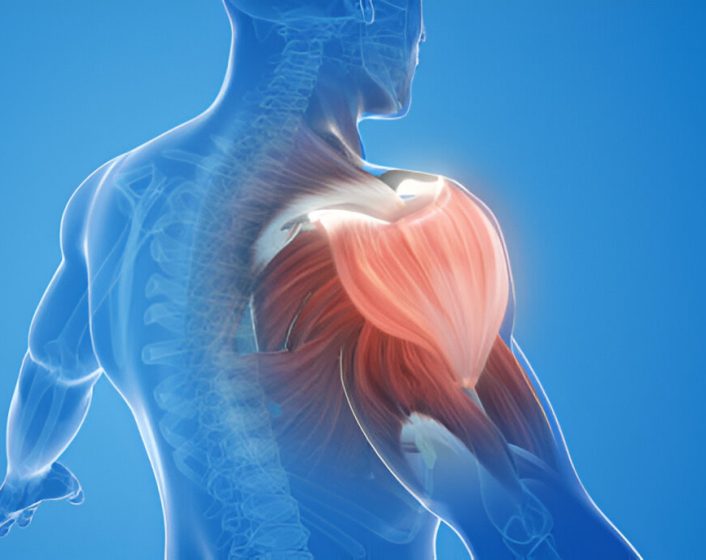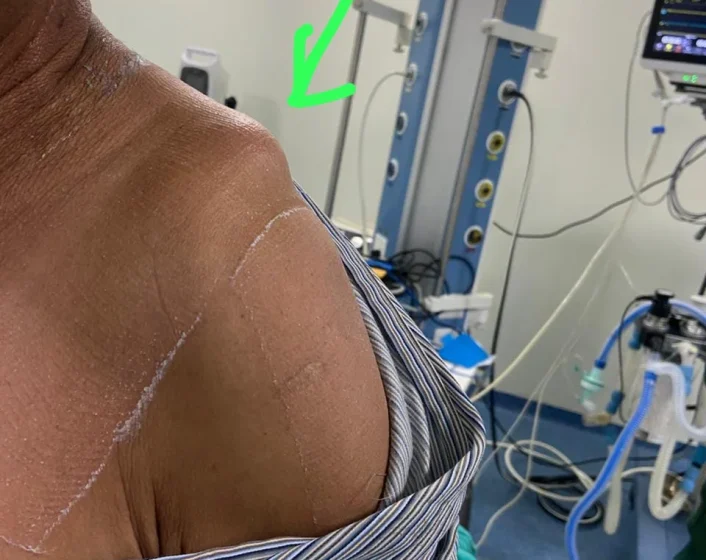A shoulder dislocation occurs when the upper arm bone pops out of its socket in the shoulder blade. This injury often results from a fall, sports activity, or trauma and causes intense pain, swelling, and inability to move the arm. The shoulder joint is particularly prone to dislocation due to its wide range of motion. Treatment typically involves repositioning the bone, followed by rest, immobilization, and physical therapy to restore strength and stability to the shoulder.
Treatment for a shoulder dislocation typically begins with a procedure called reduction, where sports injury specialist or orthopaedic surgeon gently maneuvers the upper arm bone back into the shoulder socket. This relieves pain immediately. After the shoulder is back in place, the arm is usually immobilized with a sling to allow healing. Pain management, including medications and ice, is important in the early stages. Once the initial pain and swelling subside, physical therapy is crucial to restore strength, stability, and range of motion to the shoulder. In cases of recurrent dislocations or severe ligament damage MRI scan is done some times followed by arthroscopic surgical intervention to stabilize the joint and prevent future dislocations.







